Below are photos of twelve automobiles seen around town. Each photo is accompanied by an early ad for the automobile’s manufacturer in a local newspaper and a brief history of the manufacturer. Eleven of the twelve photos are accompanied by a photo of the auto manufacturer’s founder.
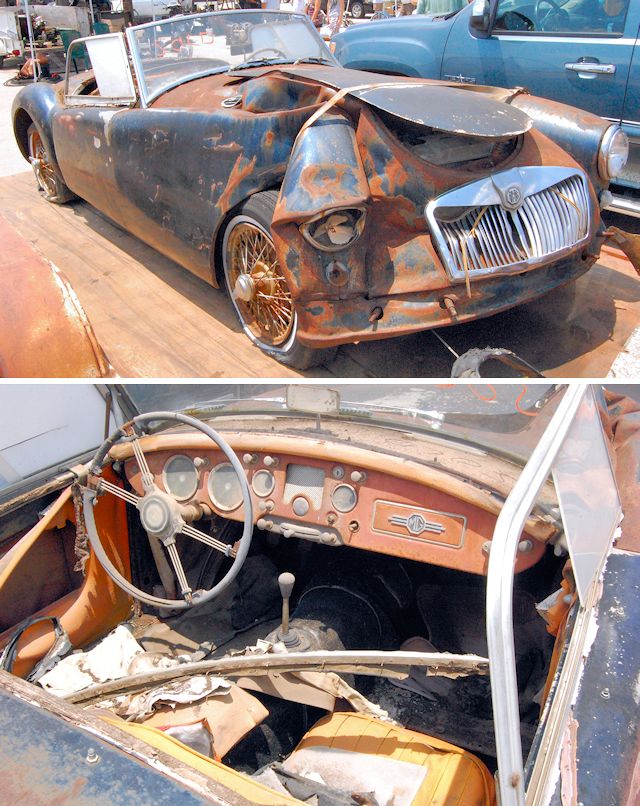 1. 1958 MGA.
1. 1958 MGA.
Okay, let’s get the heartbreak out of the way early. Just looking at these photos of a down-and-out 1958 (I think) MGA at a swap meet makes my wallet weep.
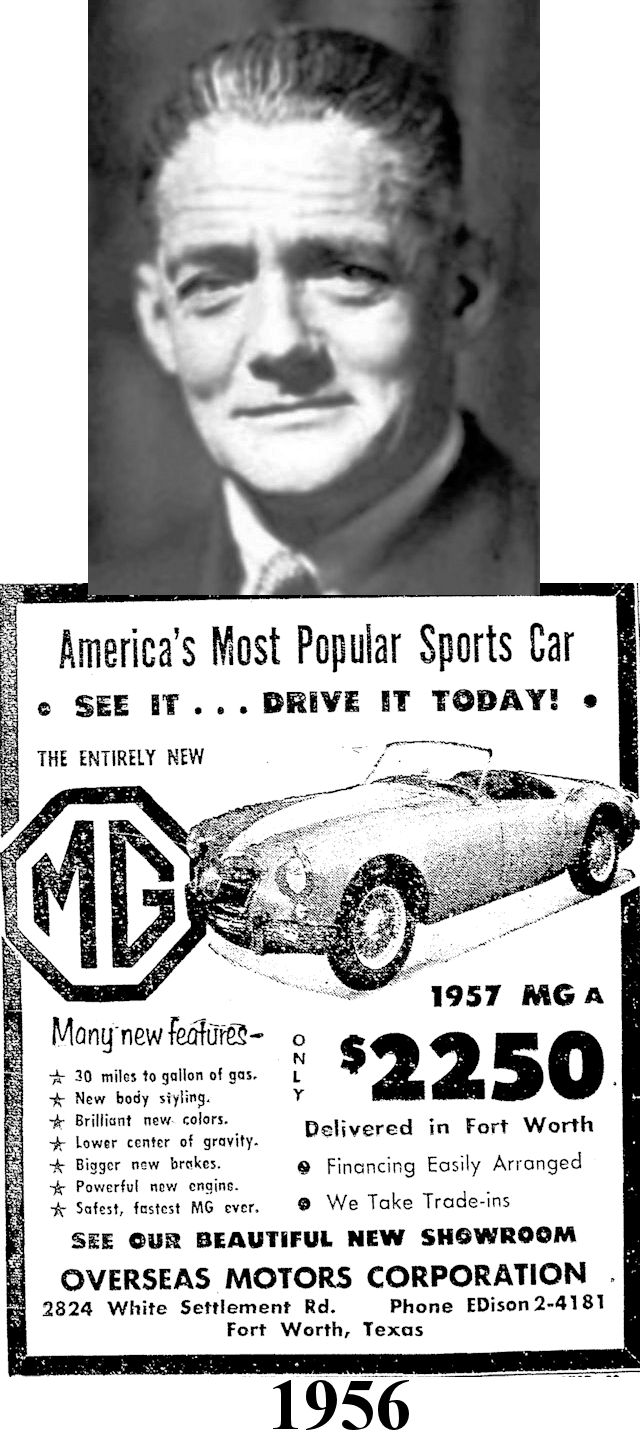 The MGA marque was produced from 1955 to 1962. The MGA was preceded by the MG TF and succeeded by the MGB. Simple enough.
The MGA marque was produced from 1955 to 1962. The MGA was preceded by the MG TF and succeeded by the MGB. Simple enough.
But the history of MG sports cars is more convoluted than the race course at Monaco. In 1912 William Richard Morris (1877-1963) of England, known to his pals as “the 1st Viscount Nuffield,” founded W.R.M. Motors, which he renamed “Morris Motors” in 1919. In 1924 Morris began producing the MG (for “Morris Garages”) automobile. In 1935 Morris sold the MG company to Morris Motors, which was his holding company. Morris Motors underwent several changes in ownership after that, beginning when Morris Motors merged with the Austin automobile company in 1952 to form the British Motor Corporation. In 1967 MG became the MG Division of BMC and thus a component of the 1968 merger that created British Leyland Motor Corporation. (With me so far?) By 2000 MG was part of the MG Rover Group, which went into receivership in 2005. The assets and the MG brand were bought by state-owned Nanjing Automobile Group of China, which merged into the China-based SAIC Motor Corporation in 2008.
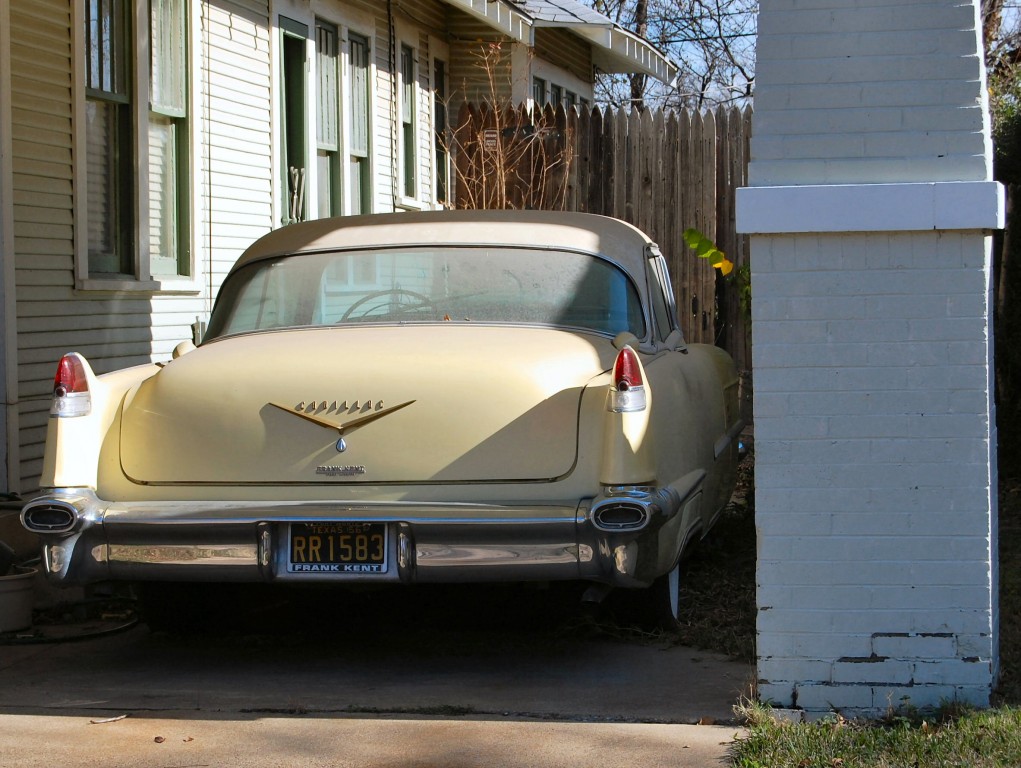
2. 1956 Cadillac. (Note the Frank Kent emblem.)
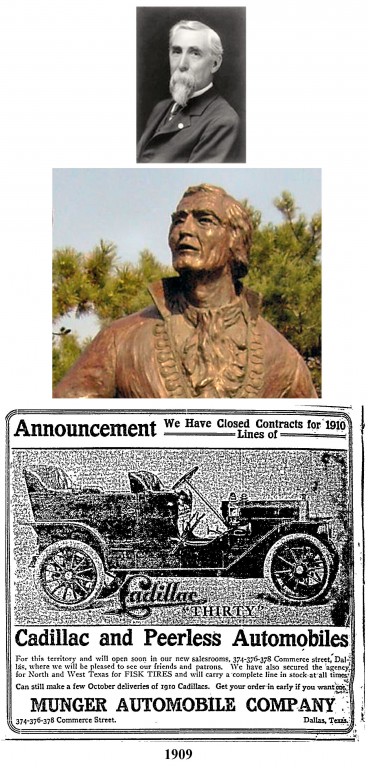
The Cadillac Automobile Company was founded in 1902 by Henry Martyn Leland, a Colonel Sanders look-alike who named the company after an ancestor, French explorer Antoine Laumet de La Mothe, sieur de Cadillac, founder of the city of Detroit in 1701 (see statue). Leland also founded the Lincoln marque (see below). General Motors (see below) bought the Cadillac company in 1909.
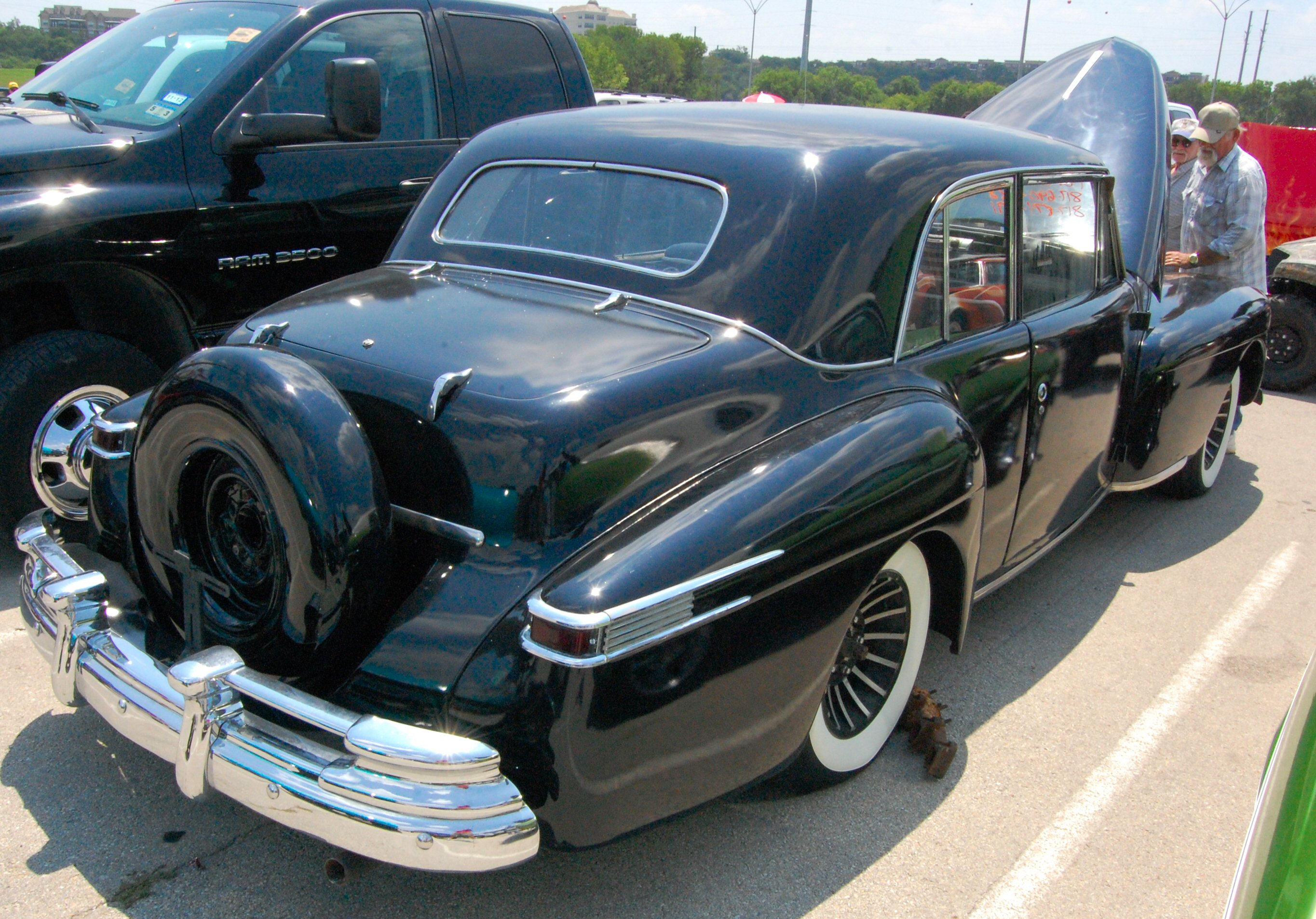 3. 1948 Lincoln.
3. 1948 Lincoln.
 Henry Martyn Leland founded the Lincoln Motor Company in 1917 and named the car after the first president he had voted for in 1864. In 1922 Ford Motor Company (see below) bought the Lincoln Motor Company.
Henry Martyn Leland founded the Lincoln Motor Company in 1917 and named the car after the first president he had voted for in 1864. In 1922 Ford Motor Company (see below) bought the Lincoln Motor Company.
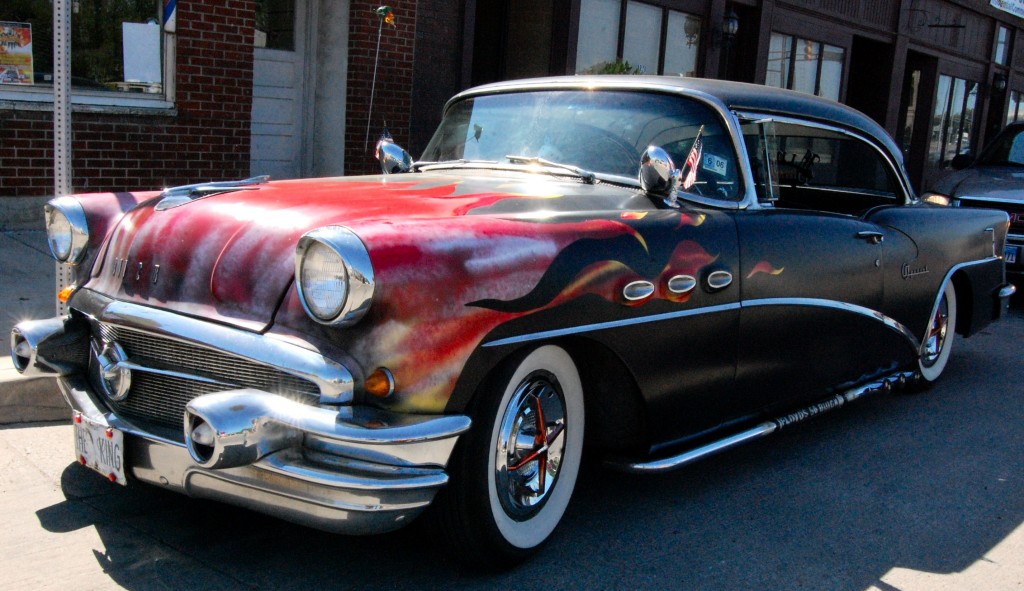
4. 1956 Buick.
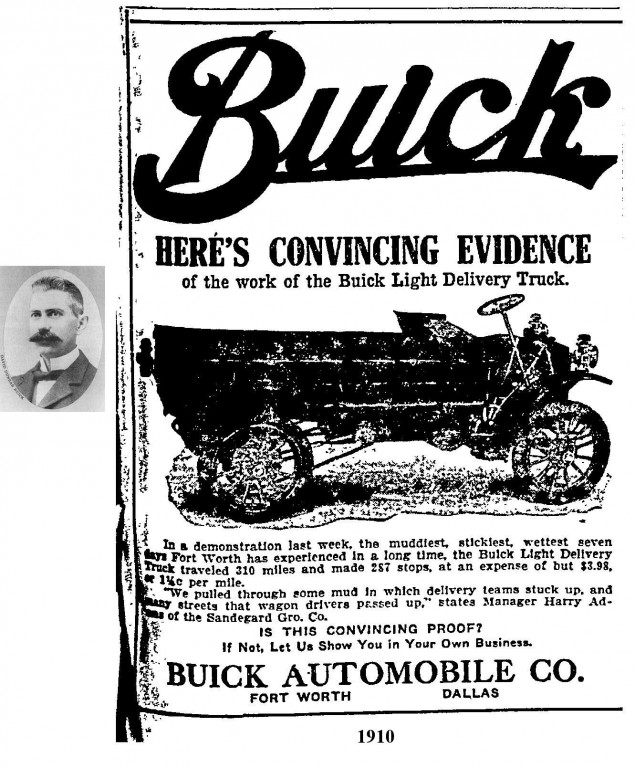
The Buick Motor Company was founded in 1899 by Scottish-born David Dunbar Buick. In 1904 William C. Durant (see below) became controlling investor of the company, and in 1908 after Durant founded the General Motors Corporation, the Buick marque became part of GMC.
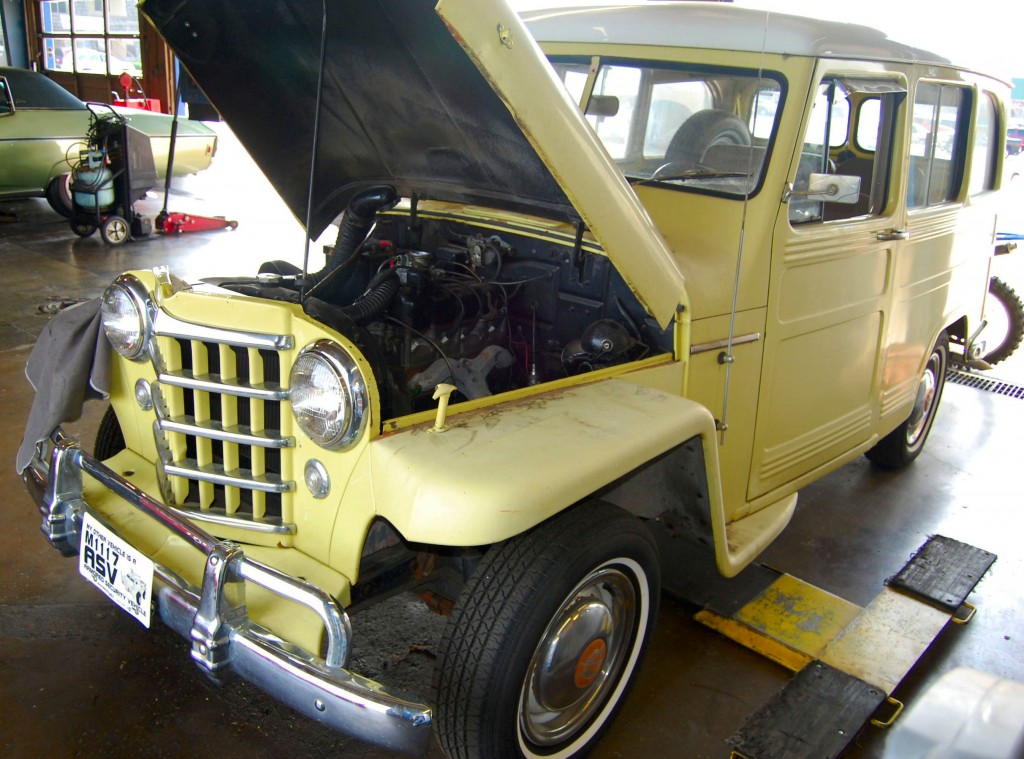
5. 1952 Willys.

The Willys-Overland Motor Company was founded in 1908 by John Willys and became known for its military and civilian jeeps. In 1953 Kaiser Motors bought the company and changed the company’s name to “Willys Motor Company.” In 1963 the company changed its name to “Kaiser-Jeep Corporation,” and the “Willys” marque was retired. In 1970 American Motors Corporation (see below) bought Kaiser-Jeep.
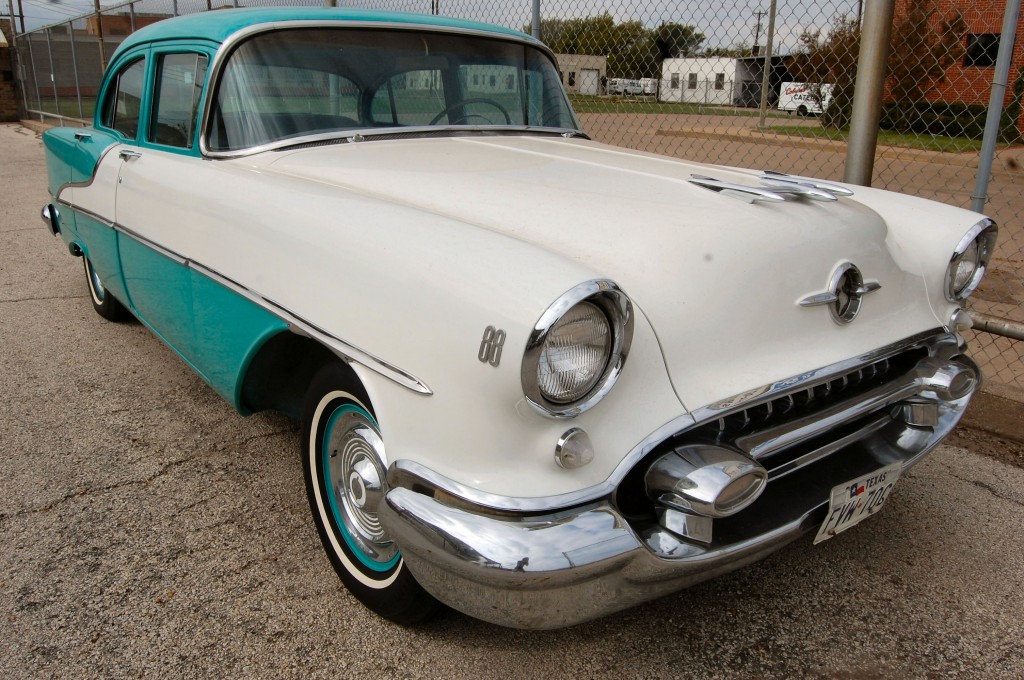
6. 1955 Oldsmobile.
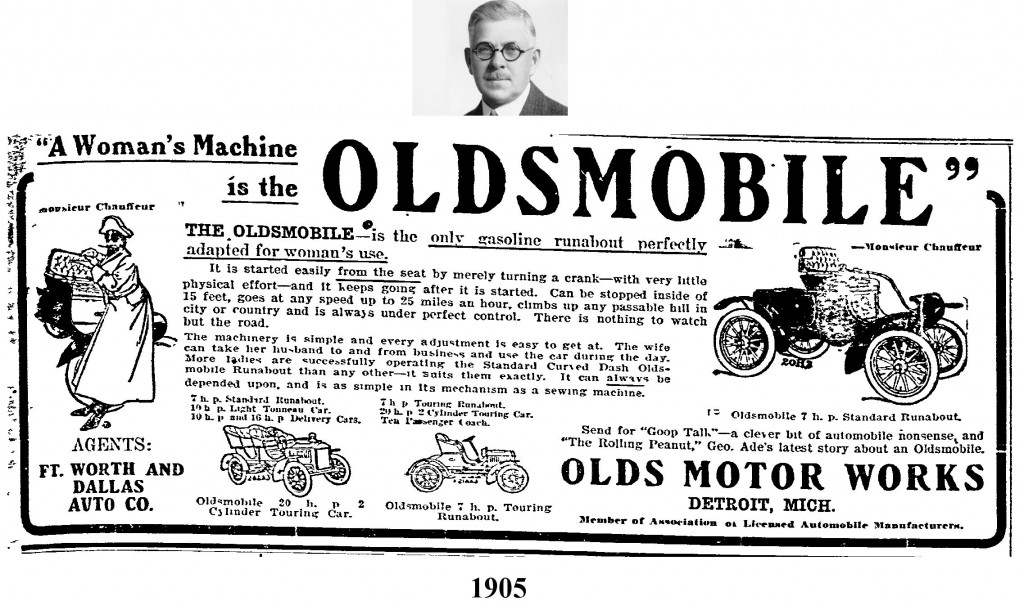
Olds Motor Vehicle Company was founded by Ransom Eli Olds in 1897. As was the REO Motor Car Company, whose name is derived from his initials. General Motors bought the Oldsmobile company in 1908.

7. 1956 Studebaker.
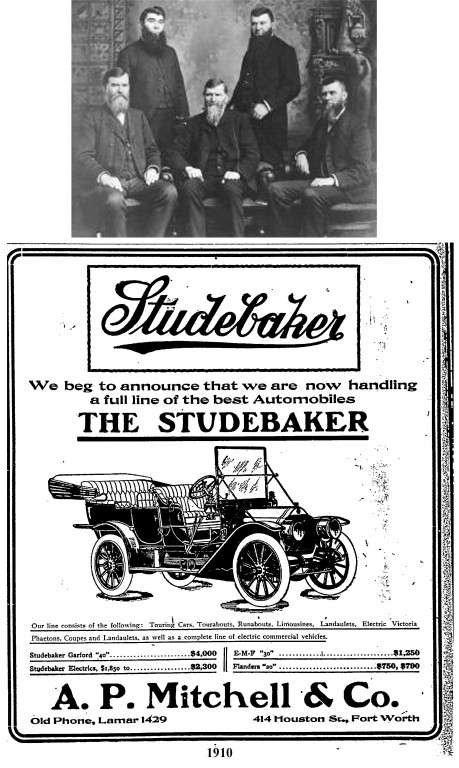
The Studebaker company was founded in 1853 as a wagon company by the five Studebaker boys (from left, standing, Peter and Jacob; sitting, Clem, Henry, and John). The company began making automobiles in 1902.
In 1954 the Studebaker company merged with the Packard automobile company to form Studebaker-Packard Corporation. The Packard marque was phased out, and the company returned to the Studebaker Corporation name in 1962. The last Studebaker rolled off the assembly line in 1966.
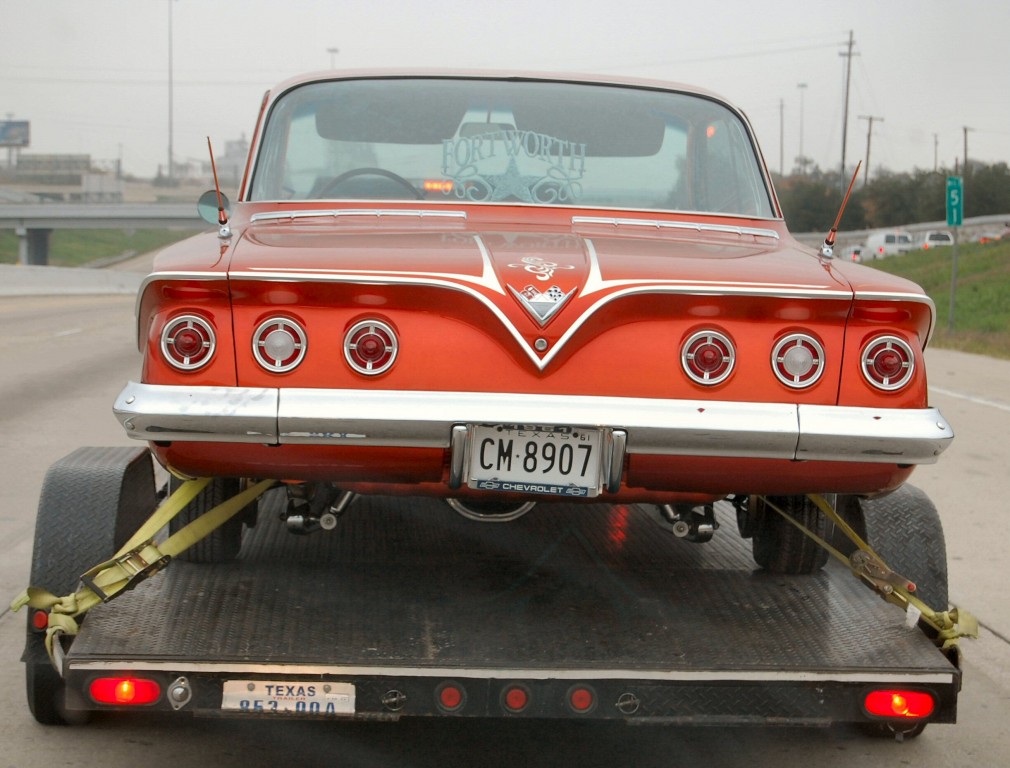
8. 1961 Chevrolet.
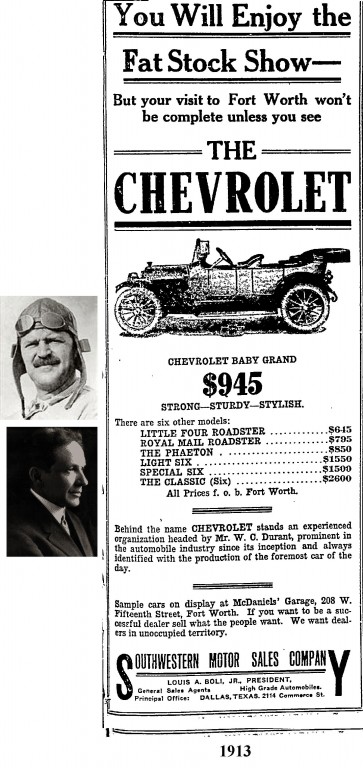
The Chevrolet Motor Company was founded in 1911 by Swiss-born race car driver Louis Chevrolet (top photo) and William C. Durant (bottom photo). Durant had founded General Motors in 1908 but was ousted in 1910. In 1914 Durant bought out partner Louis Chevrolet, and in 1916 Durant regained control of GMC, and his Chevrolet marque became a GMC product.
A century ago Fort Worth had a Chevrolet plant.
Sobering footnote: Louis Chevrolet and William Durant were wiped out by the stock market crash of 1929. Louis Chevrolet ended up working as an assembly-line mechanic for the automobile that bears his name. Durant ended up managing a bowling alley.
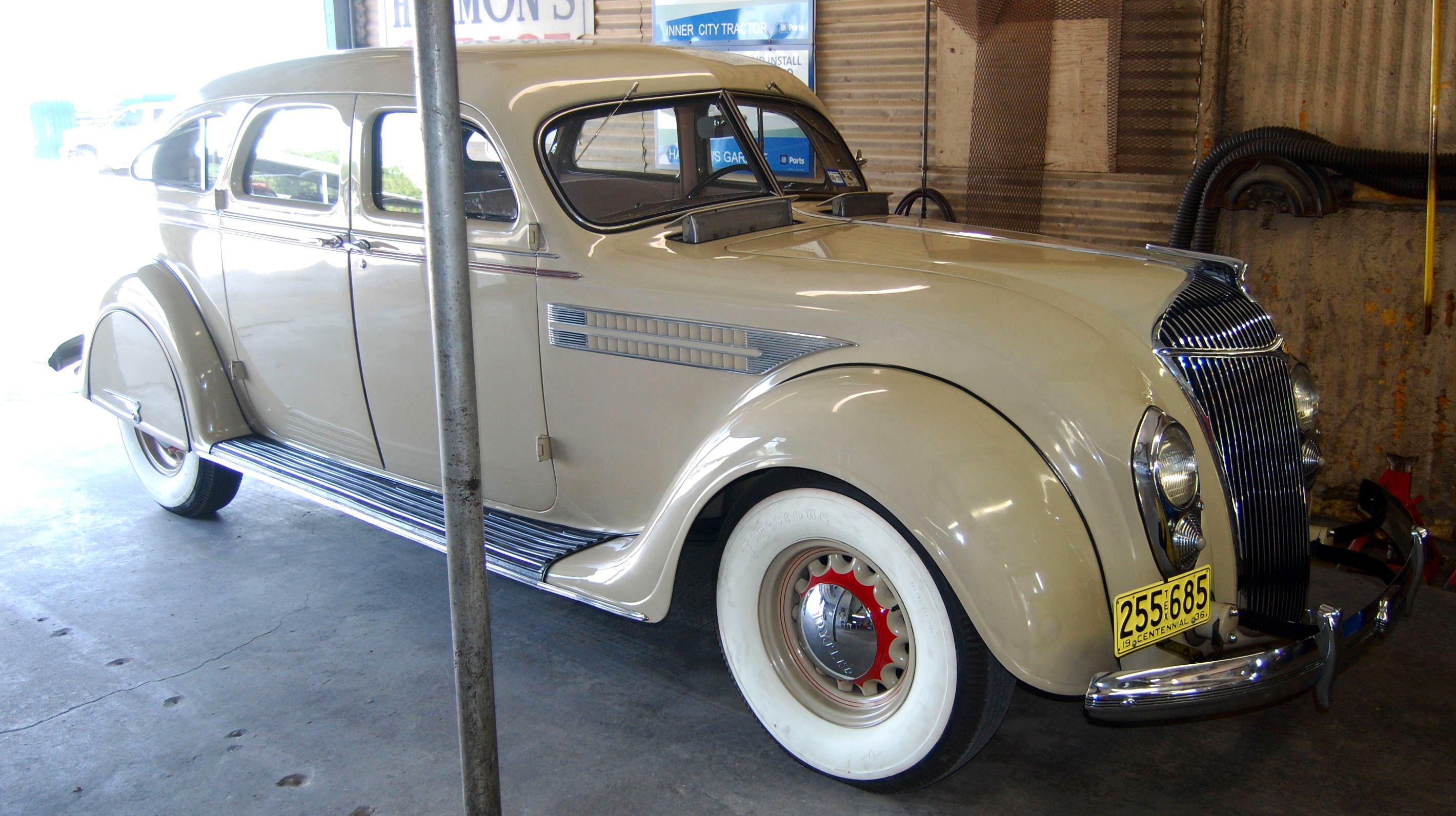
9. 1936 Chrysler.
 Walter Percy Chrysler’s automotive career began in 1911 when he went to work as production manager of GMC’s Buick Motor Company. Chrysler resigned as president of Buick in 1919 and was hired to run Willys-Overland Motor Company. Chrysler left Willys in 1921 and acquired a controlling interest in the failing Maxwell Motor Company. In 1924 Walter Chrysler started a new company, the Chrysler Corporation, and phased out Maxwells in 1925. In addition to its namesake flagship car, the Chrysler company introduced Plymouth and DeSoto marques and in 1928 purchased the Dodge automobile company. In 1998 Daimler-Benz and Chrysler formed a partnership, with Chrysler Corporation being renamed “Daimler-Chrysler Motors Company LLC.” In 2009 Chrysler filed for bankruptcy, and Fiat gained ownership of Chrysler as a part of Chrysler’s restructuring plan. The company is now FCA (Fiat Chrysler Automobiles).
Walter Percy Chrysler’s automotive career began in 1911 when he went to work as production manager of GMC’s Buick Motor Company. Chrysler resigned as president of Buick in 1919 and was hired to run Willys-Overland Motor Company. Chrysler left Willys in 1921 and acquired a controlling interest in the failing Maxwell Motor Company. In 1924 Walter Chrysler started a new company, the Chrysler Corporation, and phased out Maxwells in 1925. In addition to its namesake flagship car, the Chrysler company introduced Plymouth and DeSoto marques and in 1928 purchased the Dodge automobile company. In 1998 Daimler-Benz and Chrysler formed a partnership, with Chrysler Corporation being renamed “Daimler-Chrysler Motors Company LLC.” In 2009 Chrysler filed for bankruptcy, and Fiat gained ownership of Chrysler as a part of Chrysler’s restructuring plan. The company is now FCA (Fiat Chrysler Automobiles).
 10. 1965 Rambler Marlin.
10. 1965 Rambler Marlin.
 The story of the Rambler Marlin begins in 1897 when Thomas B. Jeffrey, whose company built a line of bicycles called the “Rambler,” built a prototype automobile and named it the “Rambler.” Fort Worth’s first car was a 1902 Rambler.
The story of the Rambler Marlin begins in 1897 when Thomas B. Jeffrey, whose company built a line of bicycles called the “Rambler,” built a prototype automobile and named it the “Rambler.” Fort Worth’s first car was a 1902 Rambler.
In 1910 William C. Durant, president of General Motors Corporation, hired Charles W. Nash (pictured) to oversee production of GMC’s Buick line. Two years later Nash hired Walter P. Chrysler to be Buick’s works manager. In 1912 Durant was fired by the General Motors board, and Nash became the GMC president. However, his reluctance to pay dividends to shareholders resulted in Nash being forced out of GMC in 1916 by Durant, who had again taken over the corporation.
In 1916 Nash went into business for himself: He bought the Thomas B. Jeffery Company, maker of the Rambler automobile, and renamed the company “Nash Motors Company.” In 1937 Nash Motors and Kelvinator Appliance Company merged as Nash-Kelvinator Corporation, and until 1954 Nash Motors was the automobile division of the Nash-Kelvinator Corporation. In 1954 American Motors Corporation was formed by the merger of Nash-Kelvinator Corporation and Hudson Motor Car Company. AMC continued to produce Nash and Hudson automobiles until 1958. In 1987 the Chrysler company bought AMC, and AMC became the Jeep-Eagle division of Chrysler.
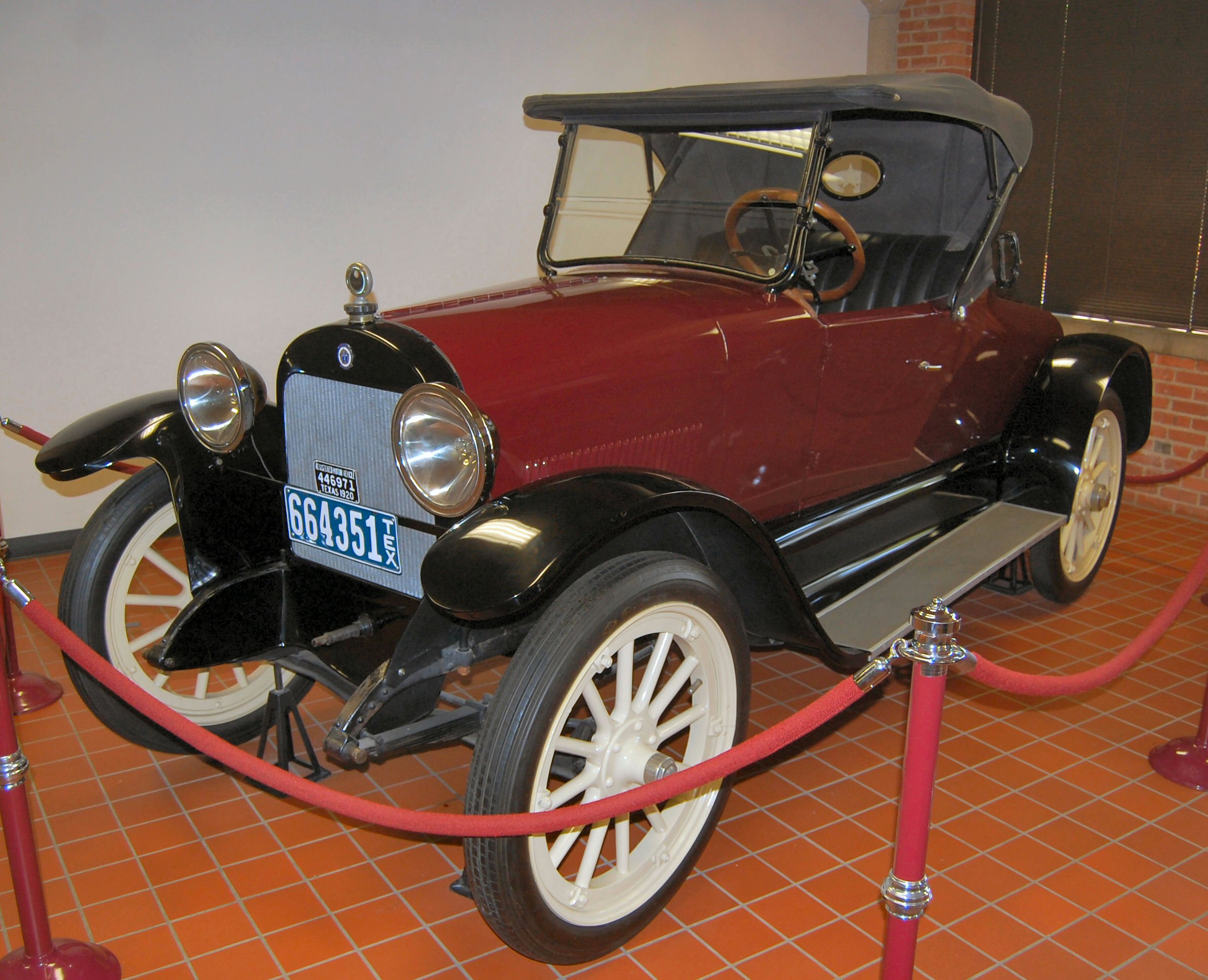 11. 1920 Texan.
11. 1920 Texan.
 In 1917 brothers Will and James Vernor of Dallas (no photo available) formed the Texas Motor Car Association and began selling stock. They soon raised enough money to produce a “test car.”
In 1917 brothers Will and James Vernor of Dallas (no photo available) formed the Texas Motor Car Association and began selling stock. They soon raised enough money to produce a “test car.”
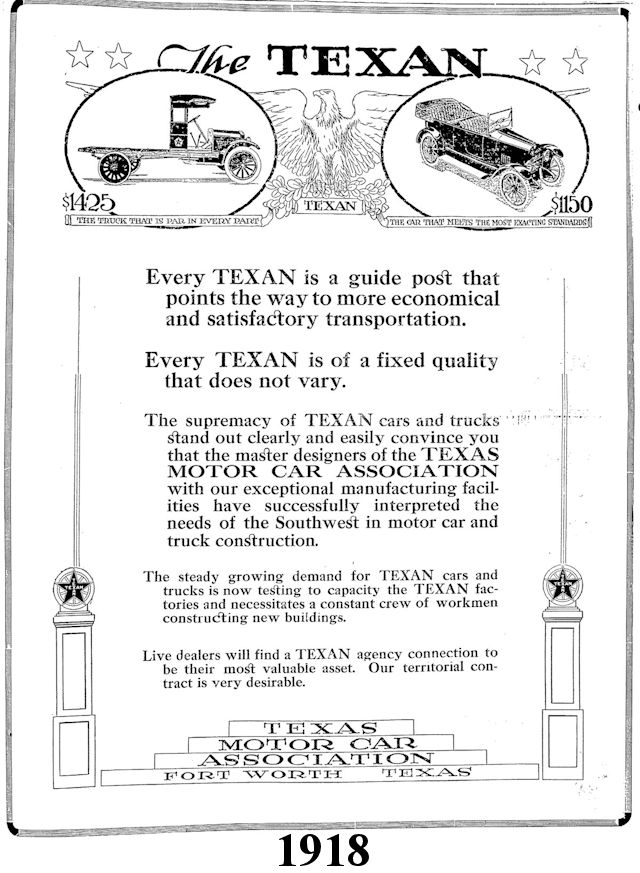 In 1918 the brothers built a factory on the Cleburne Pike (now McCart Avenue) south of Fort Worth to build cars and trucks called “Texan” (“first in endurance, durability, and speed”). At its peak the Texan factory turned out twenty cars and trucks a day. But by 1922 the company had ceased production, hurt by a factory fire, the post-World War I flu epidemic, and competition from Ford’s Model T and Chevy’s Four Ninety (named for its original list price). Today the building is occupied by Martin Sprocket and Gear Company. Only about two thousand Texan cars and one thousand Texan trucks were built. The 1920 Texan pictured above, one of the few surviving Texan cars, is on display on the second floor of Martin Sprocket.
In 1918 the brothers built a factory on the Cleburne Pike (now McCart Avenue) south of Fort Worth to build cars and trucks called “Texan” (“first in endurance, durability, and speed”). At its peak the Texan factory turned out twenty cars and trucks a day. But by 1922 the company had ceased production, hurt by a factory fire, the post-World War I flu epidemic, and competition from Ford’s Model T and Chevy’s Four Ninety (named for its original list price). Today the building is occupied by Martin Sprocket and Gear Company. Only about two thousand Texan cars and one thousand Texan trucks were built. The 1920 Texan pictured above, one of the few surviving Texan cars, is on display on the second floor of Martin Sprocket.
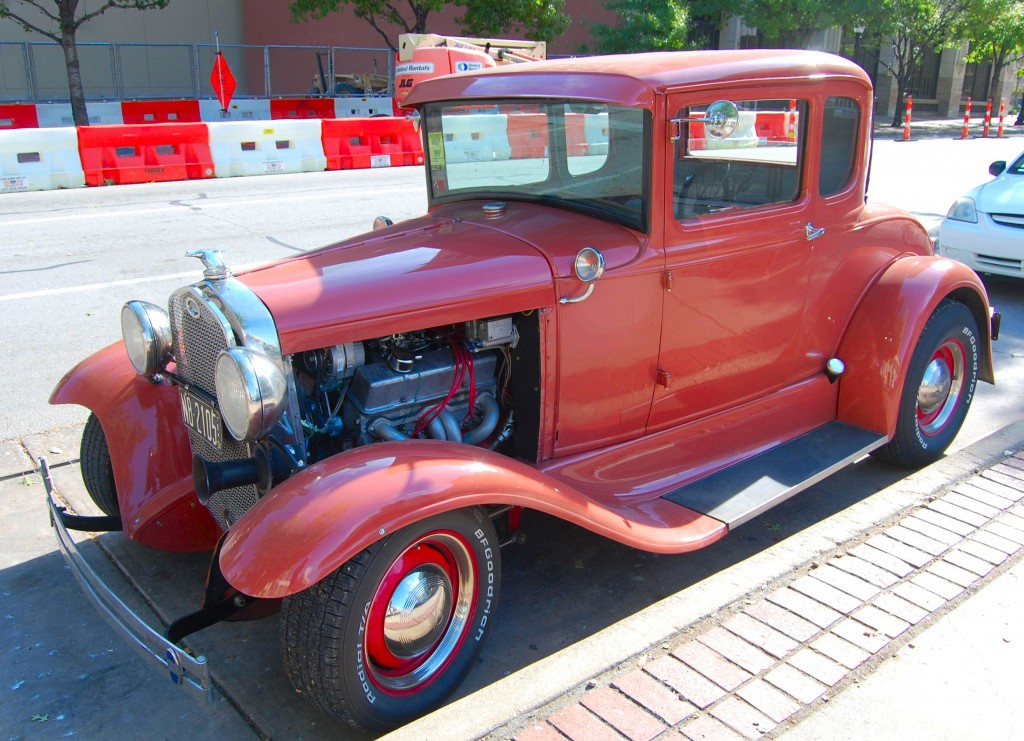
12. 1931 Ford.
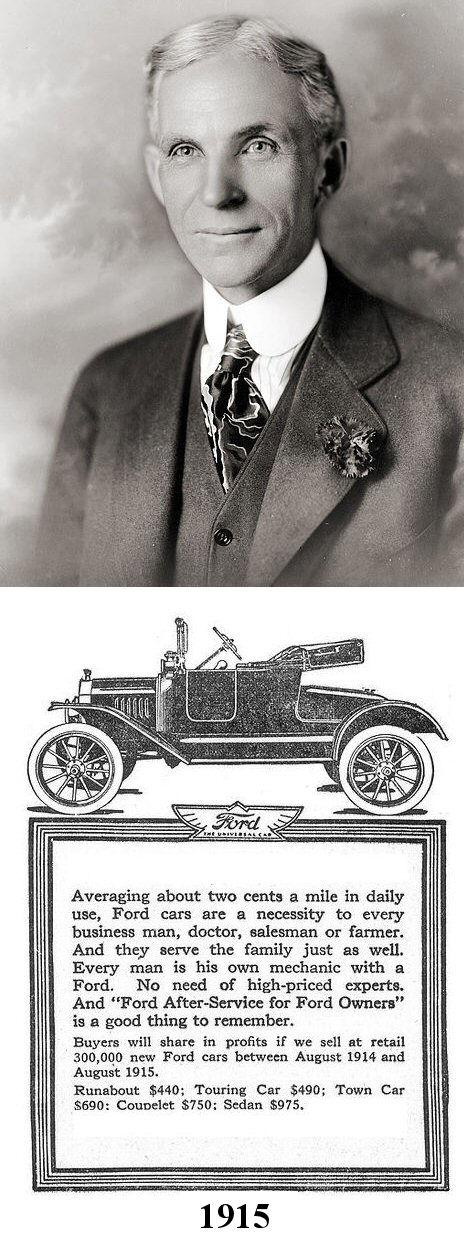 Faring a tad better than the Texas Motor Car Association and most of the other automakers mentioned in this post was the Ford Motor Company. Ford was founded, of course, by Henry Ford in 1903. His introduction of the Model T in 1908 and of assembly-line mass production in 1913 revolutionized American transportation.
Faring a tad better than the Texas Motor Car Association and most of the other automakers mentioned in this post was the Ford Motor Company. Ford was founded, of course, by Henry Ford in 1903. His introduction of the Model T in 1908 and of assembly-line mass production in 1913 revolutionized American transportation.
A century ago Fort Worth had a Ford factory branch, which not only sold cars to the public but also assembled cars from parts shipped in by rail.






Who sold Austin Mini’s in Ft Worth in the 1960’s?
My guess would be Overseas Motors on White Settlement Road. It was selling them in 1968. Maybe also Foreign Car Center on White Settlement.
Thanks for posting the article, was certainly a great read!
>Which means that more than any other single person, Henry Ford is responsible for our being stuck behind a stalled semi on the loop at rush hour in the rain.<
I'll sure try to remember that the next time I am in such a situation.